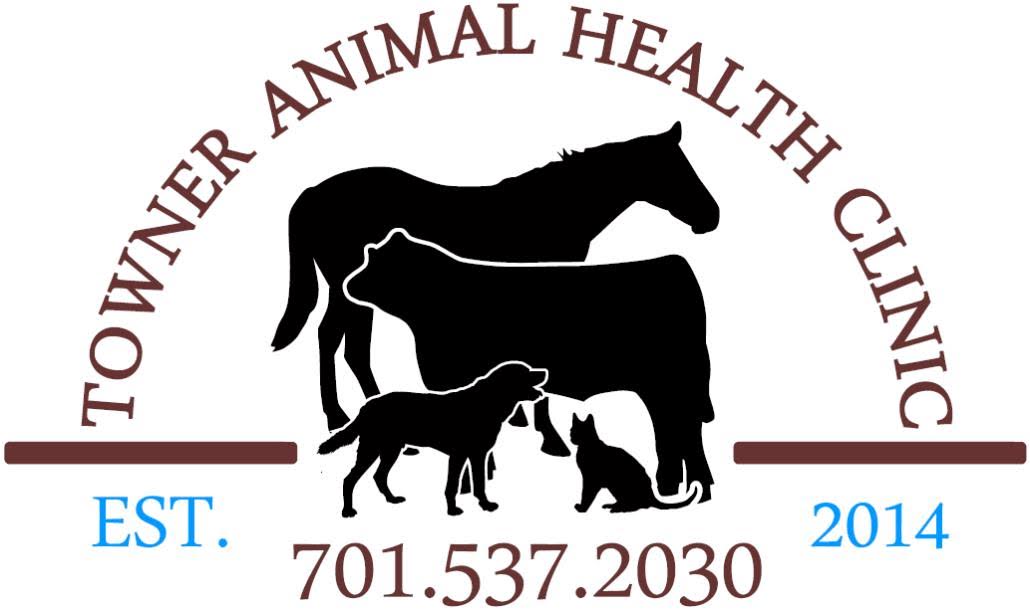Library
-
This handout summarizes breeding and queening (giving birth) in cats and the normal estrus (heat cycle). Pregnancy care and labor care are outlined, along with signs to watch for to determine if your cat is experiencing delivery complications.
-
House soiling in cats, sometimes called feline inappropriate elimination, has many potential causes. The behavior may relate to a physical illness, a need to communicate, or a need to find a suitable toileting spot. The prognosis for resolution is very good, once the cause has been determined.
-
Asthma or bronchitis is a fairly common condition affecting cats. It occurs as a result of the airway being hypersensitive to certain stimuli, resulting in airway constriction, excess mucus production, and air trapping. Diagnostics include a physical exam, blood tests, x-rays, bronchoscopy, and bronchial or tracheal lavage. As asthma cannot be cured, treatment is aimed at the management of the disease using a combination of steroids and bronchodilators. Adjunct treatments include modifying the environment to reduce exposure to the noxious stimulus, hypoallergenic diet trials, and acupuncture.
-
Xylitol is a naturally occurring substance that is widely used as a sugar substitute. It is found naturally in berries, plums, corn, oats, mushrooms, lettuce, trees, and some other fruits. It may also be called wood sugar, birch sugar, and birch bark extract. Xylitol is extremely toxic to dogs. Even small amounts of xylitol can cause hypoglycemia (low blood sugar), seizures, liver failure, or even death in dogs.
-
Endocarditis is an infection of a heart valve, most often affecting the mitral or aortic valve. It can arise any time that bacteria enter the bloodstream, though it is more common when the heart valve has already been damaged for some other reason. This handout discusses the causes, clinical signs, diagnosis, treatment, and prognosis of this condition.
-
Betaxolol ophthalmic is a topical eye medication prescribed off-label in veterinary medicine to treat glaucoma in dogs, cats, and horses. It comes as a liquid eye drop to be administered on the surface of the eye.
-
Pet health insurance policies are primarily designed to cover accidents and illnesses. Pet insurance policies do not cover pre-existing conditions, and some have bilateral exclusions, meaning for example, if one knee has required ligament surgery, the other knee is automatically excluded for the same condition. Synthesized information about coverage and exclusions can be found on aggregator sites, such as PetInsuranceInfo (petinsuranceinfo.com). The factors that affect premiums include age, species, breed, the region you live, deductible amounts, co-insurance, and in some cases annual payout limits. Generally, it is less expensive to insure your pet when it is young and healthy, rather than waiting until it is older and more prone to illness. Educate yourself to understand the terms and conditions of the pet insurance you buy for your pet.
-
Regular preventive health care for your cat can increase the length and quality of her life. Healthcare guidelines are established and kept up to date using the most recent evidence-based recommendations including the recommendation that all cats receive a complete veterinary examination at least once a year or more frequently, depending on their individual needs and health concerns.
-
Treats are a great way to bond with your dog but are an additional source of calories that must be considered within the overall diet. Treats should be no more than 10% of your dog's daily calorie intake and, in greater quantities, can create a nutritional imbalance. Consider choosing lower calorie treats for your dog to avoid exceeding the 10% rule.
-
Treats are a great way to bond with your cat but are an additional source of calories that must be considered within the overall diet. Treats should be no more than10% of your cat's daily calorie intake and, in greater quantities, can create a nutritional imbalance. Consider choosing lower calorie treats for your cat to avoid exceeding the 10% rule.

